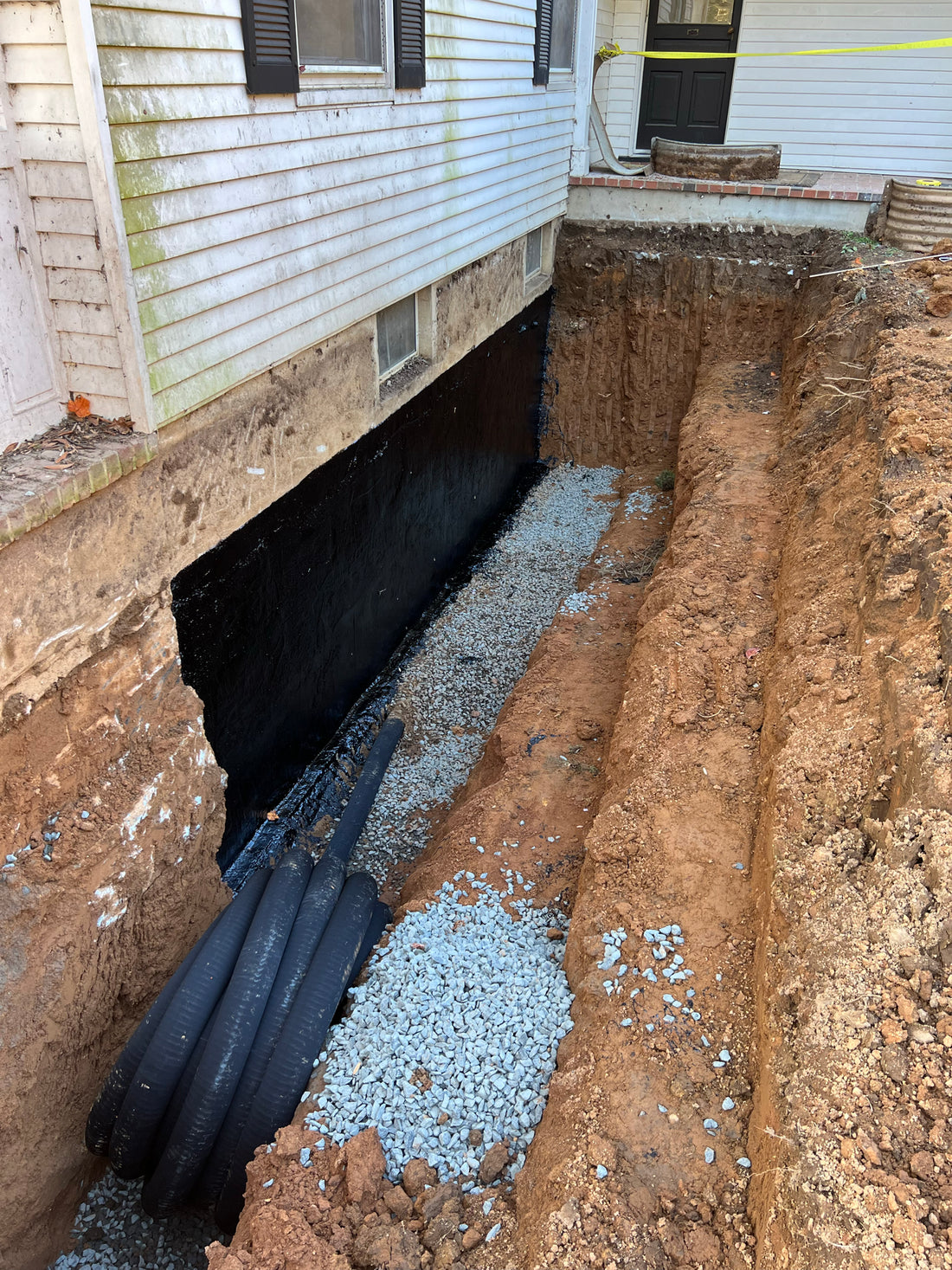
Waterproofing of Foundations
Share
Waterproofing of foundations is a critical process that protects buildings from water intrusion and moisture-related damage. Effective waterproofing helps prevent issues such as mold growth, structural deterioration, and foundation settling, ensuring the longevity and safety of the structure.
Key Steps in Foundation Waterproofing:
-
Site Preparation: Begin by excavating around the foundation walls to expose them fully. This allows for a thorough inspection and preparation of the surface.
-
Surface Cleaning: Clean the foundation walls to remove dirt, debris, and any previous coatings. A clean surface is essential for proper adhesion of waterproofing materials.
-
Crack Repair: Inspect the foundation for cracks or gaps. Any existing cracks should be filled with appropriate sealants or hydraulic cement to prevent water penetration.
-
Application of Waterproofing Membrane: Apply a waterproofing membrane to the exterior surface of the foundation walls. This can be a liquid-applied membrane, sheet membrane, or a combination, depending on the project requirements. The membrane acts as a barrier to water.
-
Drainage System Installation: Consider installing a drainage system, such as a French drain, to divert water away from the foundation. This system helps reduce hydrostatic pressure against the walls and minimizes the risk of water intrusion.
-
Backfilling: After applying the waterproofing membrane and installing drainage, carefully backfill the excavated area with soil, ensuring no damage occurs to the waterproofing layer.
-
Final Inspection: Conduct a thorough inspection to ensure that all components of the waterproofing system are correctly installed and functioning as intended.
